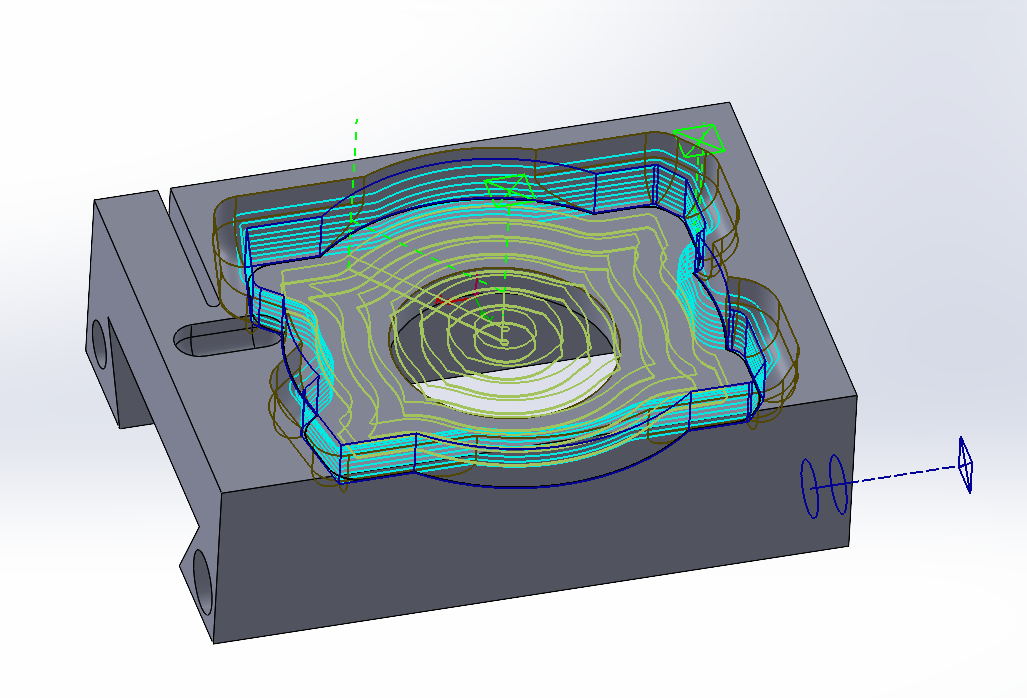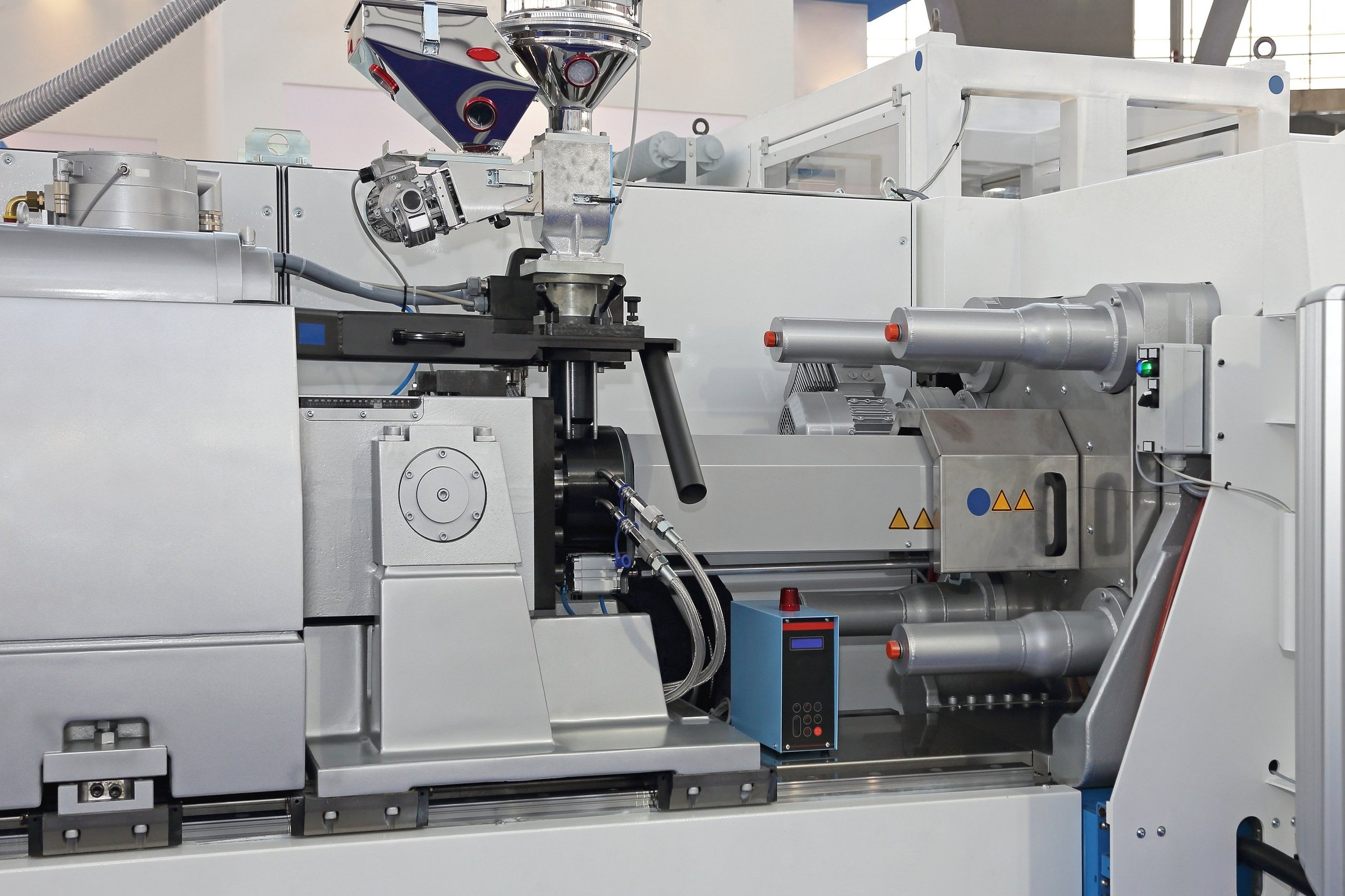Insert Molding vs. Over Molding: What’s the Difference?
Within manufacturing, subtle differences often make the most significant impact. Two such processes, often mistaken for each other, are insert molding and over molding. While they may seem similar, they each have unique advantages and applications.
To the untrained eye, these two methods are easy to confuse. However, understanding their differences is crucial for manufacturers to make the right choice for their specific needs. So, let's dive into the fascinating world of molding and demystify these two manufacturing marvels.
Understanding Insert Molding
Delving into the intricacies of Insert Molding, it's time to dissect the method, glance at its perks, and review its popular uses.
Definition of Insert Molding
Insert Molding refers to an injection molding technique wherein multiple materials merge into a single end product. A pre-formed part, typically made of metal or plastic, experiences the infusion of molten thermoplastic around it. The cooling process solidifies the injected material, encapsulating the insert to form an integrated product. Here, it's key to remember that the insert serves as a crucial component of the final assembly rather than just a mere add-on or detachable piece.
Benefits of Insert Molding
With Insert Molding, manufacturers realize an array of benefits. First, it bolsters component reliability and strength since the thermoplastic material firmly bonds the insert on a molecular level, fortifying the integral structure. Second, it fosters cost and labor efficiency as this technique eliminates the need for post-molding assembly. That's because Insert Molding assembles multiple components simultaneously in one molding cycle – what a time-saver! Finally, it allows for precision, as this technique guarantees the exact alignment of the insert within the mold.
Common Applications of Insert Molding
Insert Molding finds use across a broad range of industries and applications. Medical devices, for example, use this method extensively in producing sharp and durable surgical tools, enhancing precision and safety. The automotive sector reels in the benefits of Insert Molding for the production of complex, multi-component parts like steering wheels and knobs. Even in the electronics sector, it's V.I.P., utilized for products demanding high electrical insulation and heat resistance properties—think connector housings, switches, and knobs.
Diving into Over Molding
Transitioning from insert molding, let's delve into another strong player in the manufacturing realm- over molding.
Concept of Over Molding
Over molding, another prominent injection molding technique allows for the creation of multi-material components. It comprises an initial fabrication stage where a substrate, similar to plastic insert molding, is molded. A second polymer layer, in a fluid state, is then applied atop, completely encasing the prior substrate after cooling and solidifying.
Advantages of Over Molding
Over molding has clear advantages. Due to its layering process, it bolsters product strength and durability. This process also offers superior comfort and grip, which is advantageous in handheld products. Lastly, it provides aesthetic freedom of exterior design and texture, ensuring products aren't just functional but aesthetically pleasing, too.
Typical Uses of Over Molding
Over molding maintains a robust presence across countless industries. It's especially prevalent in creating tools or machinery handles, ensuring durability and a comfortable grip. Similarly, it’s valuable in electronics for protecting sensitive components, orchestrating sound insulation, and implementing vibration dampening. Furthermore, in the automotive sector, over molding assists in creating rugged, durable parts that are housed within a pleasing exterior.
Exploring the Differences: Insert Molding vs Over Molding
Analyzing the distinct variations of insert molding and over molding unveils key differentiators. These differences span material considerations, unique production processes, and cost implications.
Material Considerations
Insert molding utilizes a pre-formed component, often metal or plastic, then introduces molten thermoplastic to merge into a unified product. An example includes medical devices, for which metal cores add functionality. Over molding, however, engages two layers of plastic. For instance, ruggedized tools use a firm inner core and a soft, tough exterior created through over molding.
Production Process Differences
In production, insert molding involves integrating a pre-formed part into the molten thermoplastic, which solidifies to form the final product. In contrast, over molding follows a two-stage process. First, an initial substrate is molded, and then a secondary polymer layer encases it, leading to a product with multiple material levels.
Cost Implications
When it comes to finances, insert molding streamlines costs by negating the need for post-molding assembly—efficiency lies in simultaneous formation. Conversely, over-molding might necessitate a higher initial investment given its dual-stage procedure, but its ability to integrate heavy-duty materials allows for enhanced product longevity, potentially offsetting upfront costs in the long run.
Recommendations for Choosing Between Insert Molding and Over Molding
Deciding between insert molding and over molding depends on several factors, including the design of the mold. It's essential to consider these aspects before making a final decision.
Factors to Consider
When deciding between Insert Molding and Over Molding, evaluate the specific project requirements, anticipated product longevity, required product strength, and cost considerations. Material compatibility is essential, especially for over molding, which typically involves two different types of plastic. The final decision revolves around balancing cost efficiency and end product quality.
Importance of Mold Design
In Plastic Insert Molding and Over Molding, the mold design significantly determines the project's success. An effective mold design ensures precision, an efficient production cycle, and a robust end product. In over molding, for instance, part geometry often dictates whether or not it's feasible to encapsulate the substrate in a secondary plastic material. Thus, a well-planned mold design is integral to both methods.
Conclusion
In conclusion, understanding the differences between insert molding and over molding is crucial for manufacturers looking to optimize their production processes. At Barton Tool, we specialize in both methods, offering custom solutions tailored to meet the unique demands of your project. Whether you require the precision and strength of insert molding or the ergonomic and aesthetic benefits of over molding, we have the expertise and advanced technology to deliver top-quality results. Ready to take your product to the next level? Contact Barton Tool today to discuss how we can help you achieve superior performance and cost-efficiency with our custom molding services.
Frequently Asked Questions
-
Insert molding is an injection molding process in which multiple materials join to form a single product. This technique involves the infusion of molten thermoplastic around a pre-formed part, often metallic or plastic, which solidifies to produce an integrated item. It enhances component durability and alignment precision and is typically used in medical devices, automotive parts, and electronics production.
-
Over molding is a two-stage injection molding technique for creating multi-material components. It begins with creating a substrate, followed by a second polymer layer, offering advantages such as increased product strength and aesthetic design flexibility. Common uses include producing durable tool handles, protecting sensitive electronic components, and creating rugged automotive parts with appealing exteriors.
-
Insert molding and over molding differ in material use, production processes, and cost implications. Insert molding utilizes a pre-formed component, often metal or plastic, while over molding uses two layers of plastic. For production, insert molding integrates a pre-formed part into molten thermoplastic, whereas over molding follows a two-stage process. In cost considerations, insert molding eliminates post-molding assembly, while over molding might incur higher initial costs, offset by a longer product lifespan.
-
Choosing between insert molding and over molding requires considering project requirements, product longevity, product strength, and cost considerations. Material compatibility assessment is essential, particularly for over molding, which typically involves two different types of plastic. Effective mold design ensures precise, efficient production cycles and high-quality end products.
Engineering
Complete in-house design services from prototype through production tooling.
Injection Molding
Our experience in selecting the right plastic enables us to help you improve your product.
Plastic Molds
Our dedicated staff is constantly involved to ensure the final product conforms to your specifications.
Tools & Dies
Modern heliarc welding for the repair of tools and molds. Materials are hardened to prescribed specifications





